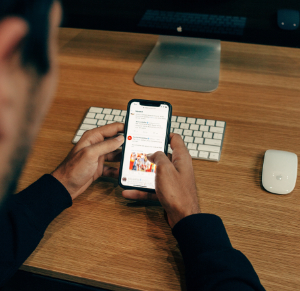
We have been using email for decades, and it’s easy to take its vulnerability for granted. We send and receive dozens of emails a day – messages with confidential information are at particular risk for data breaches.
Technology is getting smarter, but so are the malicious hackers that want to intercept your information. From phishing scams to spam messages and beyond, emails are a lot more exposed than we think.
What Are the Best Ways to Protect Your Emails?
While having firewall and malware software is a good idea, the specific steps you take to protect your emails don’t have to be overly complicated. Implementing some habits every day, week, or month can go a long way in adding a layer of security to your account.
Keep Your Email Accounts Separate
It seems like everyone has at least two email accounts – a personal account, a work account, and sometimes more. Keeping your accounts and emails separate is a good practice to adopt.
Only sending work emails from your work account, not your personal account and vice versa can reduce security risks. If one account is compromised, you can more easily identify what information was available on that account.
Change Your Email Password Regularly
If you have the same password from when you first set up your email account, it’s a good time to change it. While it may feel inconvenient, consistently changing passwords makes them harder for cybercriminals to guess.
Cyber attackers are well-practiced in breaching data and leaking passwords, but changing your password can stop them from coming and going as they please. Your password is the first line of defence against data breaches, so changing it once a year can make a difference.
Use 2-Factor Authentication
In most email accounts, you can enable a 2-factor authentication which will require you to sign in using your password and input another confirmation, typically a passcode sent to your phone.
If you’re signing in and out of accounts all day, this may seem like an unnecessary step, but taking a few extra seconds will add an extra layer of confidence that your email is secure.
Bottom Line
With technology continuously adapting, it’s crucial to stay up to date on the security and privacy settings on the platform and review your company policy on email best practices. To ensure that everyone in your organization is being as safe as you, educating your employees and standardizing security practices will guarantee that everyone stays consistent and diligent.